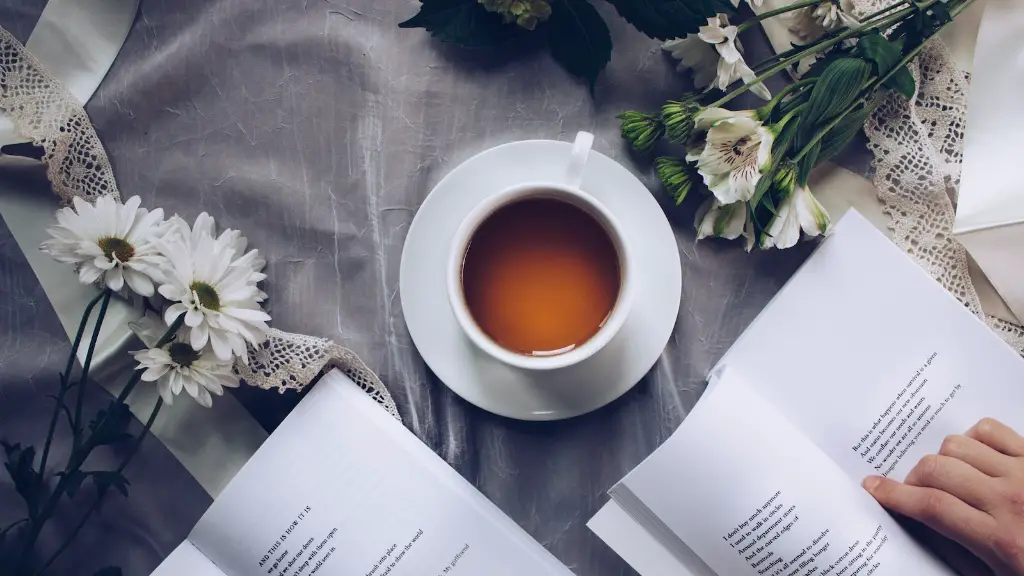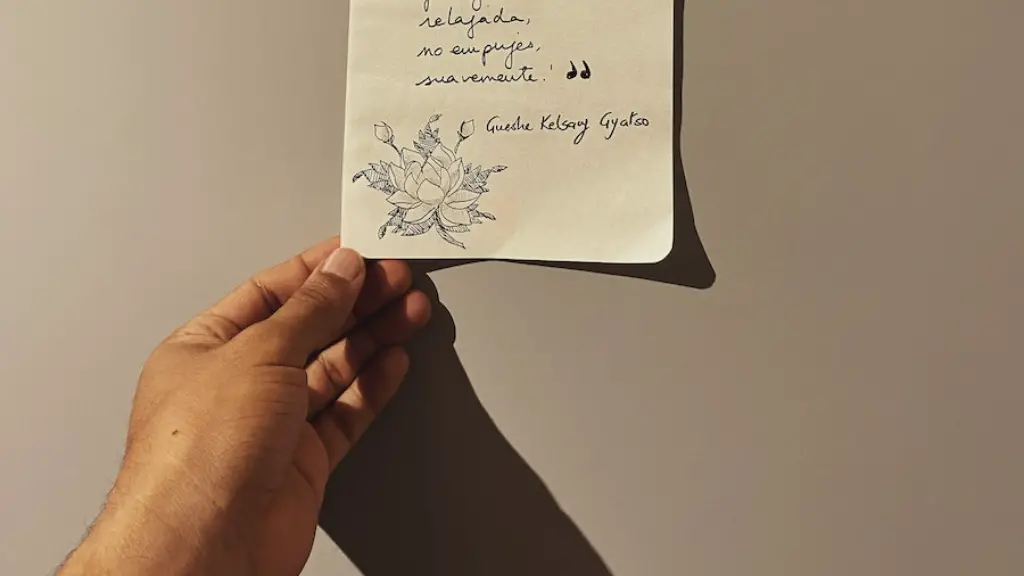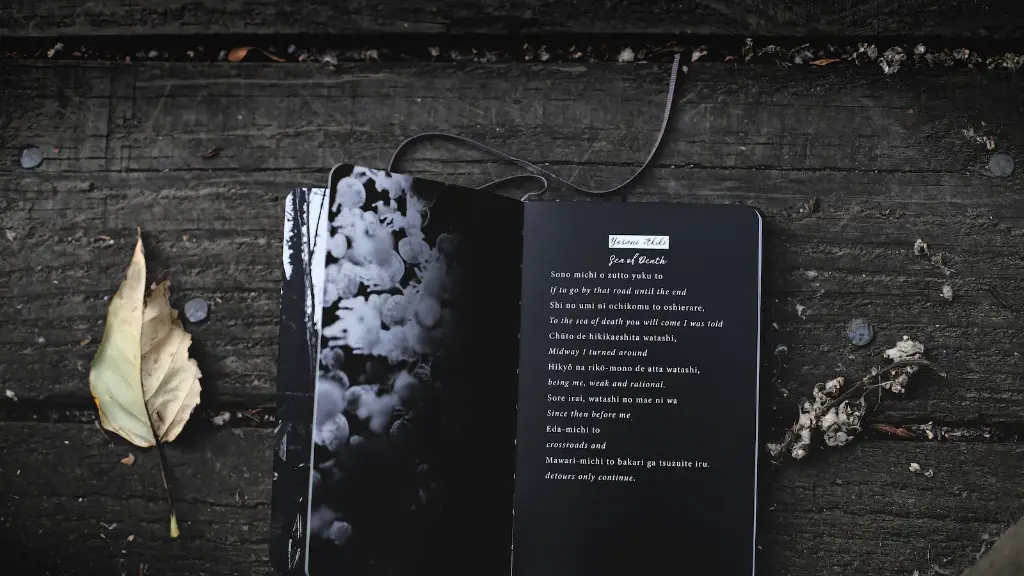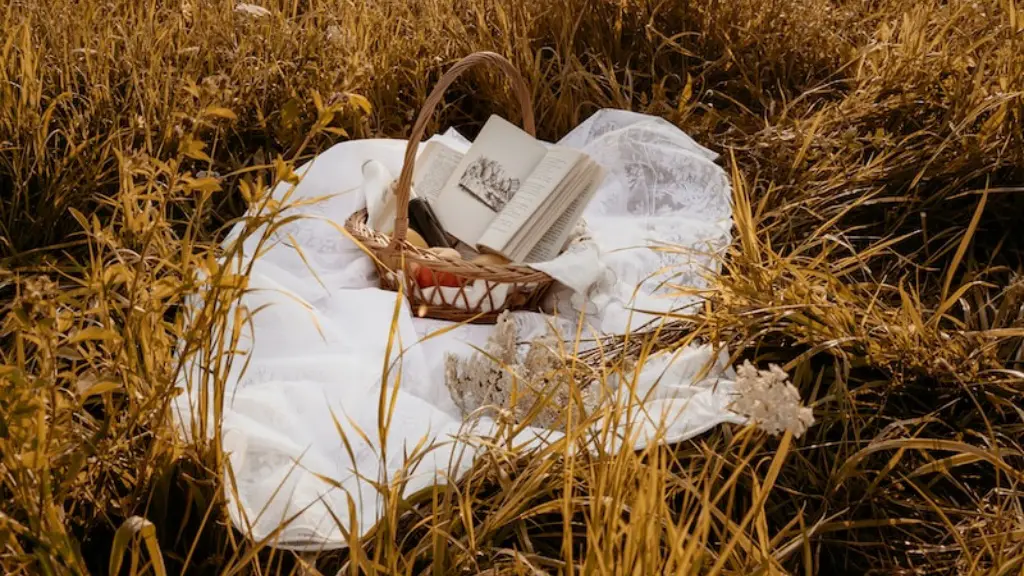Types of Poetry
Poetry is an art form that has been around for ages, ever since human language evolved. From the funny limericks that kids learn in school to the classics of Shakespeare, there are many types of poetry. Some of the different kinds of poetry include traditional forms like haikus, sonnets, sestinas and free verse.
Haikus are three-lined poems with a strict 5-7-5 syllable count. They often feature nature as a subject, and though they originated in Japan, they have been adapted in countries all around the world. Since they are so focused on form, they are a great way to practice concision in writing and distilling the most important part of a story into just a few words.
Sonnets have been a favorite amongst amateur and professional poets since Shakespeare wrote them for his plays. Like haikus, sonnets use specific rhyme schemes and syllable counts. They are fourteen-lined poems, with a structure of four quatrains and a couplet. The couplet reinforces the meaning of the entire poem and acts as a sort of conclusion. The rhymes used in the sonnet make them memorable and easy to remember.
Sestinas are poems composed of six stanzas of six lines each and an additional three-line envoy at the end. They contain repeating lines, always in the same order to emphasize the meaning of the poem. They are challenging to write due to the amount of repetition and the multitude of meanings that can be drawn out of using that repetition in different ways.
Free verse is a much newer form of poetry, and it has been used by poets ever since the 19th century. The name of the poem suggests, it does not have a strict rhyme or meter like other forms do, leaving authors free to express themselves in whatever way they wish. Despite this freedom, free verse is still a unique poetic form, as it requires artists to build up their poems with more than just words on a page.
Poetry, in all its forms, is a powerful way for humans to express their feelings. The various kinds of poetry present unique challenges for authors, and for writers looking for a way to get their voices heard, there are many options to explore. From the ancient haikus to the modern free verse, there is a plethora of different ways to convey your thoughts and feelings.
Imagery in Poetry
One way poets use to convey their feelings is through imagery. Imagery is a way of making the reader or listener see what the poem is about, by painting the scene and making it come alive, without actually describing it. It can be used to evoke emotion, draw the reader in and create a vivid visual of the poem in their mind.
By using words that evoke senses, such as sight (“It sparkles like a diamond”) or sound (“Birds singing in the trees”), poets take advantage of imagery to make their words come to life and capture the reader’s attention. Imagery can also evoke emotion, by bringing to mind places or memories that evoke happiness, sadness, or anything else.
Some poets use color as imagery, describing a scene with specific hues and shades, or they may rely on metaphors and similes to compare one thing to another. By using imagery to tie their ideas together, poets create a deeper level of meaning, and a much richer experience for the reader.
The use of imagery in poetry is all about detail. By delving into the details of a scene, a poet can create a vivid picture that is easy for the reader to visualize, and can make the poem come alive for them. The use of imagery can be found in any type of poem, from free-verse to sonnets, and it is one of the most powerful tools for poets to convey their thoughts and feelings.
Meaning of Poetry
The meaning of poetry has varied throughout the centuries, and been interpreted many different ways. To some, poetry is an expression of the deepest emotions of the human heart, while others consider it to be an abstract and complex form of communication. Most people will agree, however, that it is an art form, and can be used to create beautiful works of art that capture the feelings of the poet and invite others to experience them.
While some of the more traditional forms of poetry limit the poet to certain rhyme schemes and syllable counts, modern poets are often free to take a more abstract approach to conveying their feelings. This could involve incorporating elements of spoken word, music, or dance into their works. The use of metaphor and simile is also very common, as poets try to create the most vivid image of their thoughts.
One of the most important aspects of poetry is its ability to captivate and engage the reader with whatever it is that the poet is trying to convey. By looking at poems from different angles, the poet can make them more relatable and easier to comprehend. Additionally, the use of symbolism and other imagery make the poem unique and interesting for the reader, and can make them more engaged with the whole experience.
Inspirations of Poetry
Poetry often draws its inspiration from almost anything imaginable. It can be inspired by a person’s daily life, or a dream they once had. It can also be born out of a powerful emotion, such as joy, anger, or sadness. Poets often draw from their own personal experiences to create works that are meaningful and powerful to them, and by extension, to those who experience the poem.
The vastness of the world can also be a great source of inspiration for poets. Whether it be the beauty of nature, the bustling streets of a city, or the people around them, the world has no shortage of potential inspirations. Poets often view the world with a different perspective, and as such, they can see the hidden beauty in seemingly mundane things.
Additionally, some poets find inspiration in classic works of literature or ancient folktales. By studying these works, they can learn more about the themes and stories that resonate with their own experiences. They can also draw parallels to their own writing and use these works as a launching pad for new and original works.
Writing Poetry
Writing poetry is an incredibly personal act, as well as a challenge. It requires mental energy, skill, and creativity. It is often said that writing poetry is more about the process than the end result, as the poet’s emotions often shift and evolve with every draft. With practice and dedication, poets can become more comfortable in their art and more willing to take risks with their work.
One of the most important aspects of writing poetry is finding a voice. Many poets find that voice through their favorite authors, while others prefer to explore their own feelings and experiences. Once they have found their voice, it is important to embrace it, in order to create works that are both meaningful and interesting. Additionally, it is important to remember that feedback and critique can be helpful in becoming a better poet.
Finally, it is important to remember that poems cannot be written in a single sitting. They are usually best built up over time, as the poet adds and refines their words. Writing poetry can be a long and difficult process, but with patience and determination, the rewards can be tremendous.




